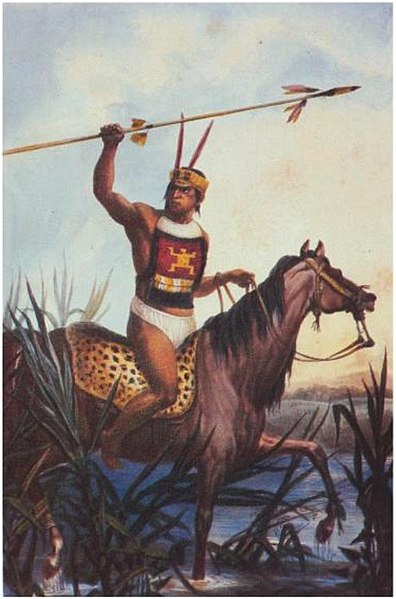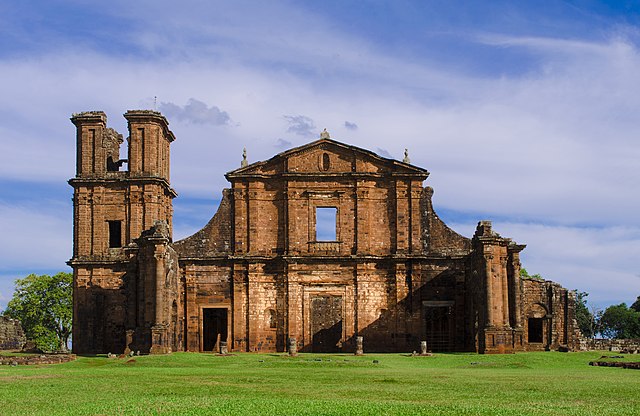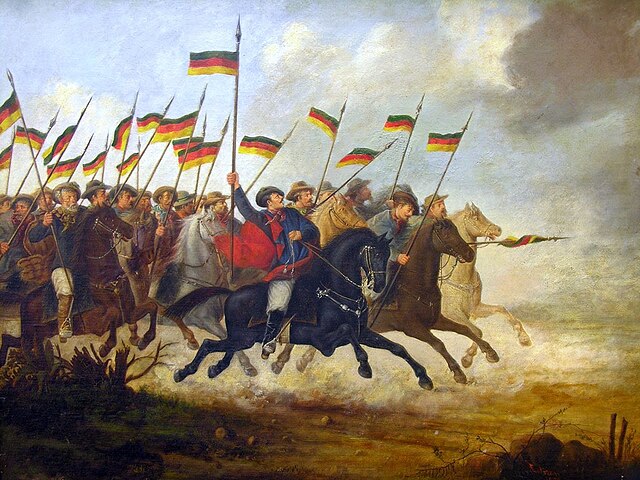Serras de Sudeste is a dissected plateau, also named Planalto Dissecado de Sudeste or Escudo Sul-Rio-Grandense, located in the southeastern portion of Rio Grande do Sul state in southernmost Brazil, near Uruguay.
Incline on the road BR-293, in the municipality of Cerrito
Coxilhas (hills) in Morro Redondo, Rio Grande do Sul state, Brazil.
Hilly landscape in Arroio do Padre
Hill near the urban area of Canguçu, with an altitude of 500 metres at the summit
Rio Grande do Sul is a state in the southern region of Brazil. It is the fifth-most populous state and the ninth-largest by area. Located in the southernmost part of the country, Rio Grande do Sul is bordered clockwise by Santa Catarina to the north and northeast, the Atlantic Ocean to the east, the Uruguayan departments of Rocha, Treinta y Tres, Cerro Largo, Rivera, and Artigas to the south and southwest, and the Argentine provinces of Corrientes and Misiones to the west and northwest. The capital and largest city is Porto Alegre. The state has the highest life expectancy in Brazil, and the crime rate is relatively low compared to the Brazilian national average. Despite the high standard of living, unemployment is still high in the state, as of 2017. The state has 5.4% of the Brazilian population and is responsible for 6.6% of the Brazilian GDP.
A Native American chief (tribe of Charrúa).
The historic town of São Miguel das Missões
Rebel cavalry during the Farroupilha Revolution.
Giuseppe Garibaldi leading the Riograndense navy to Laguna. Painting by Lucílio de Albuquerque, 1916.








